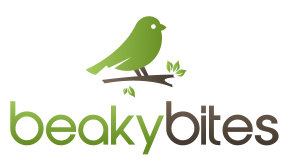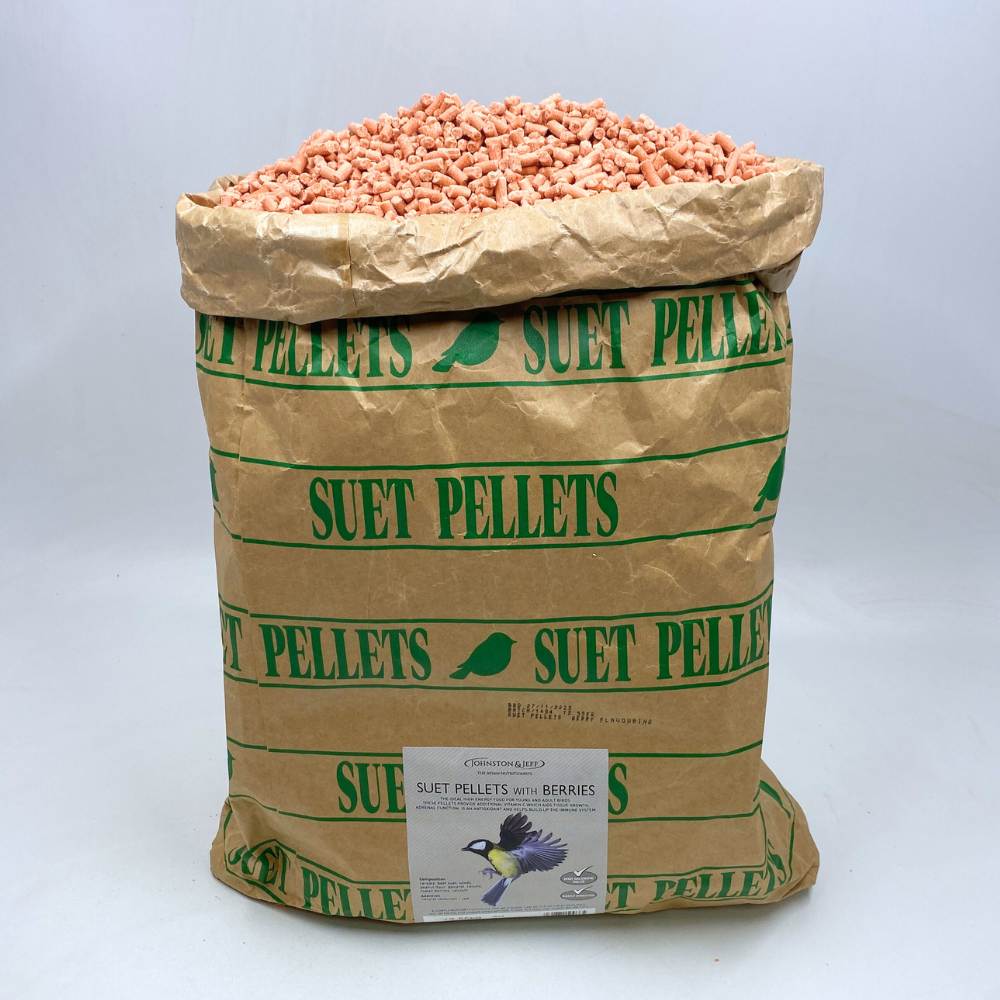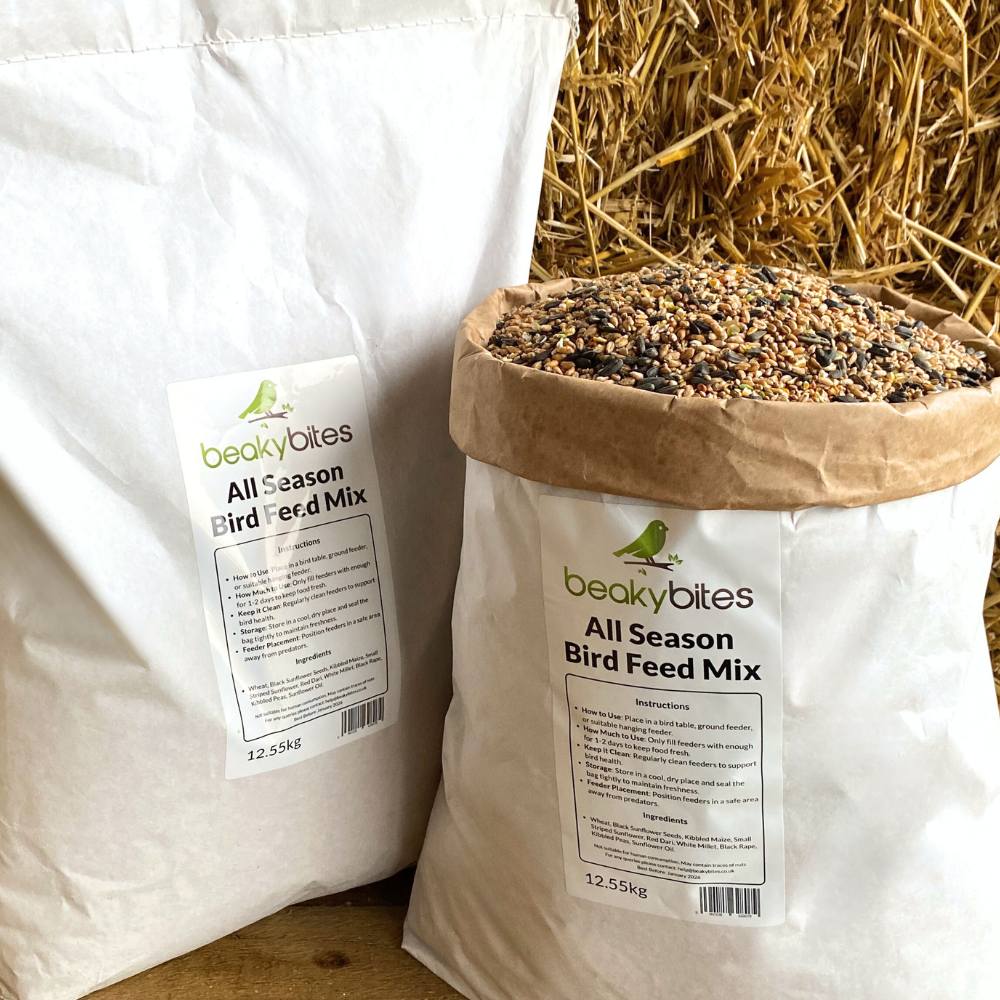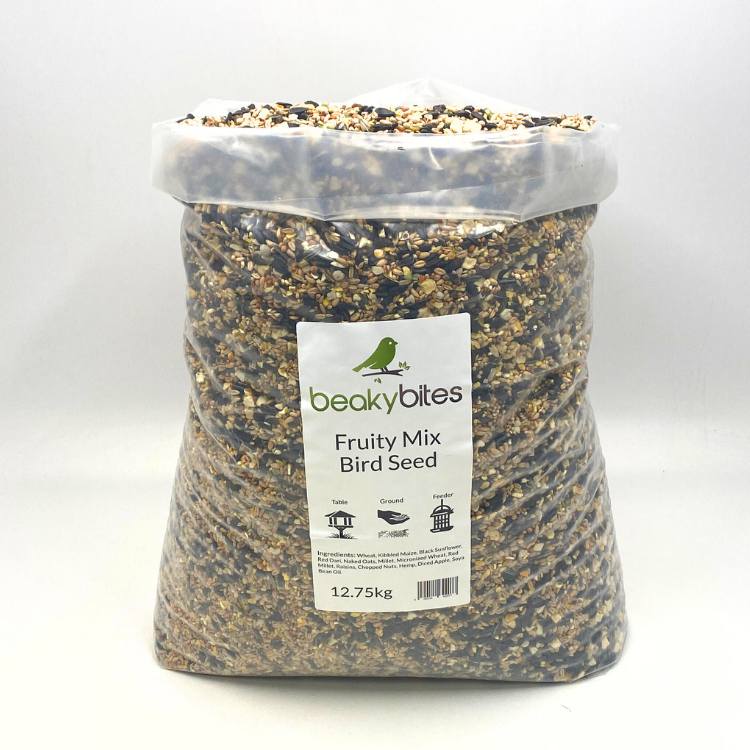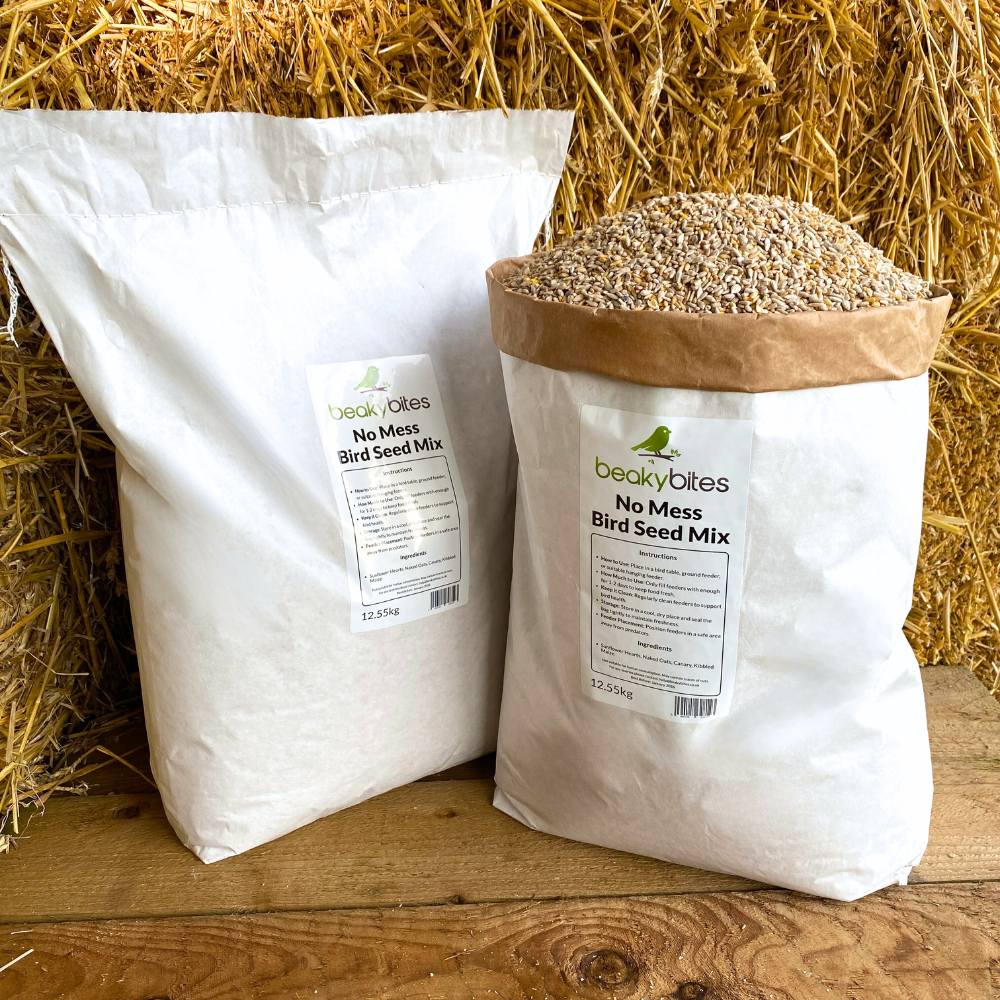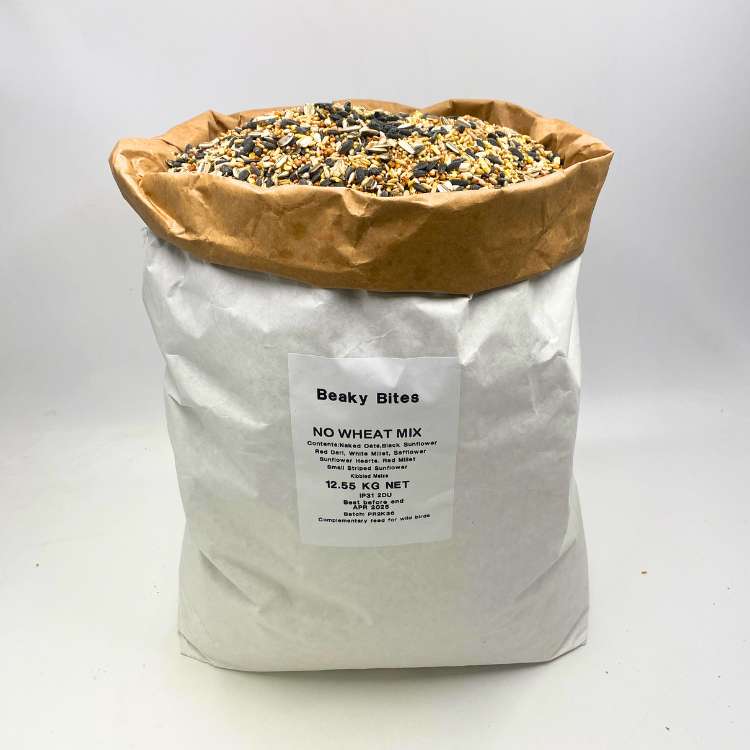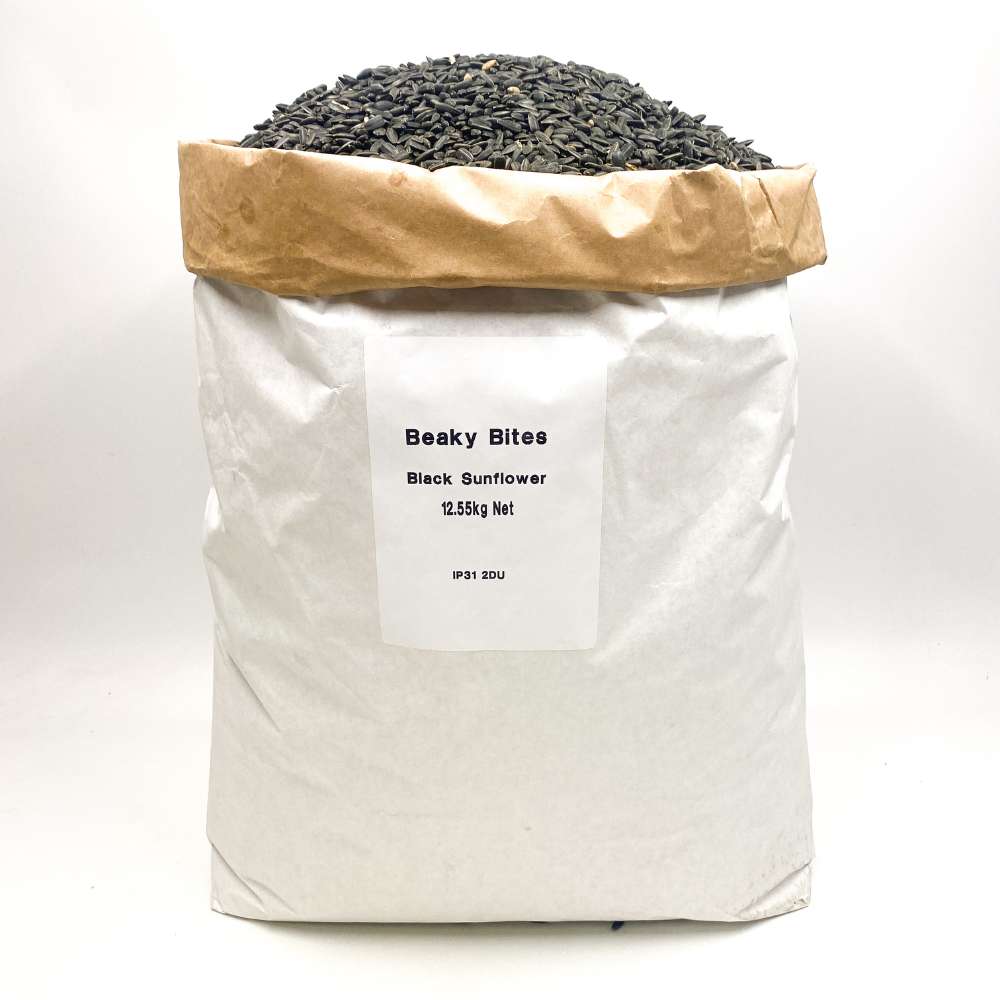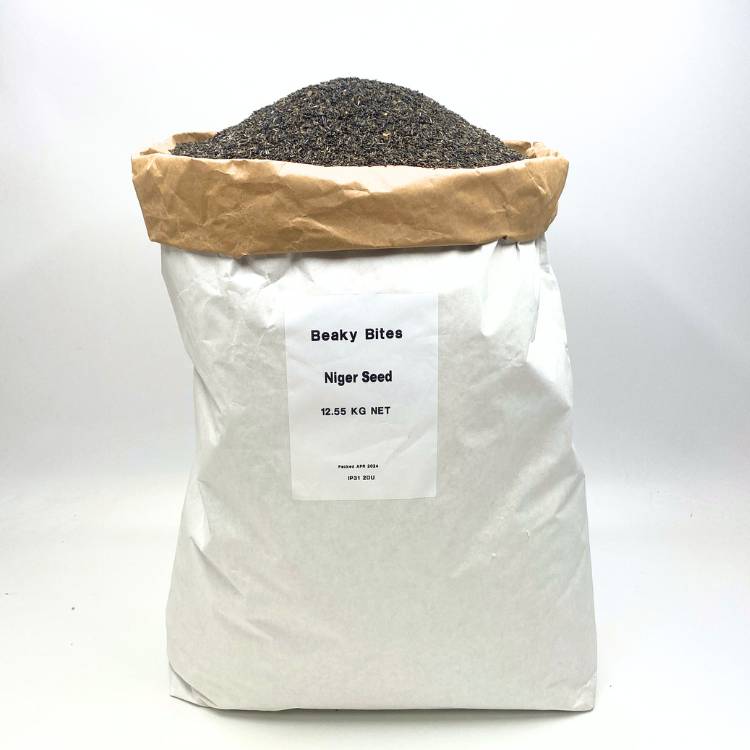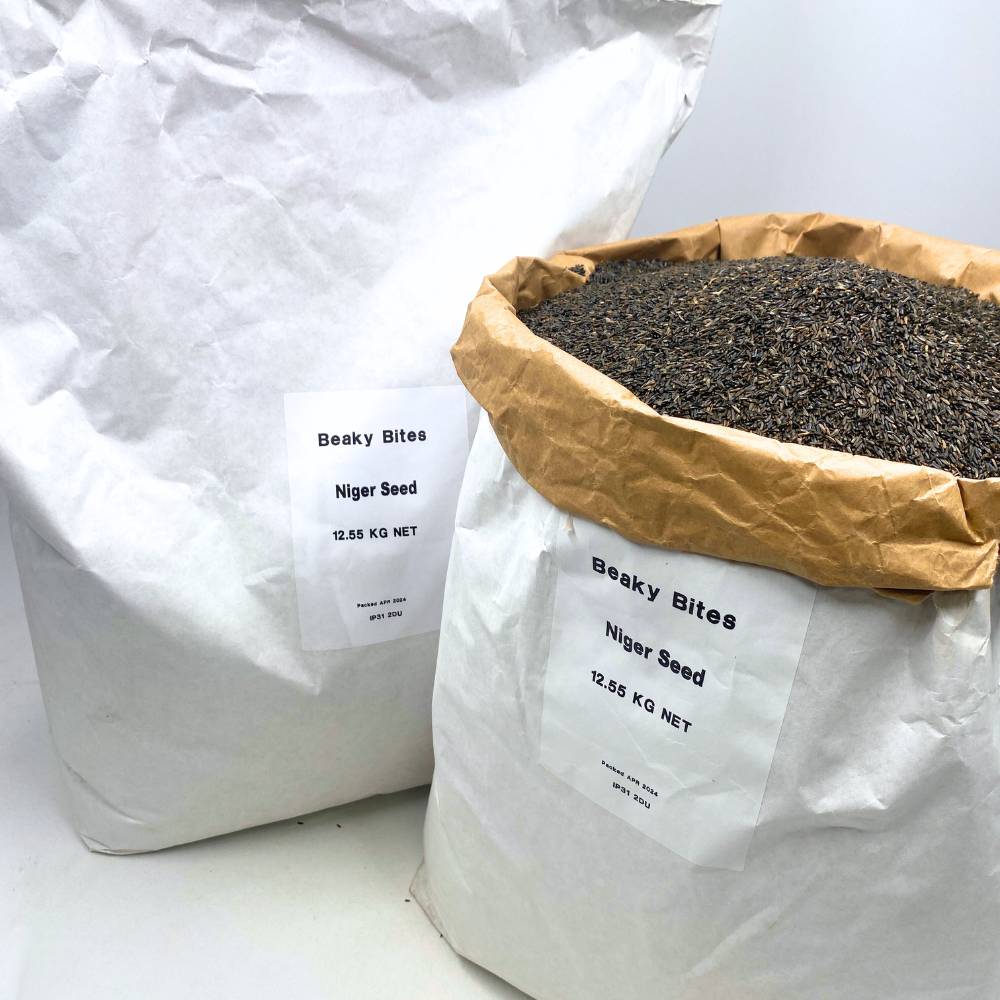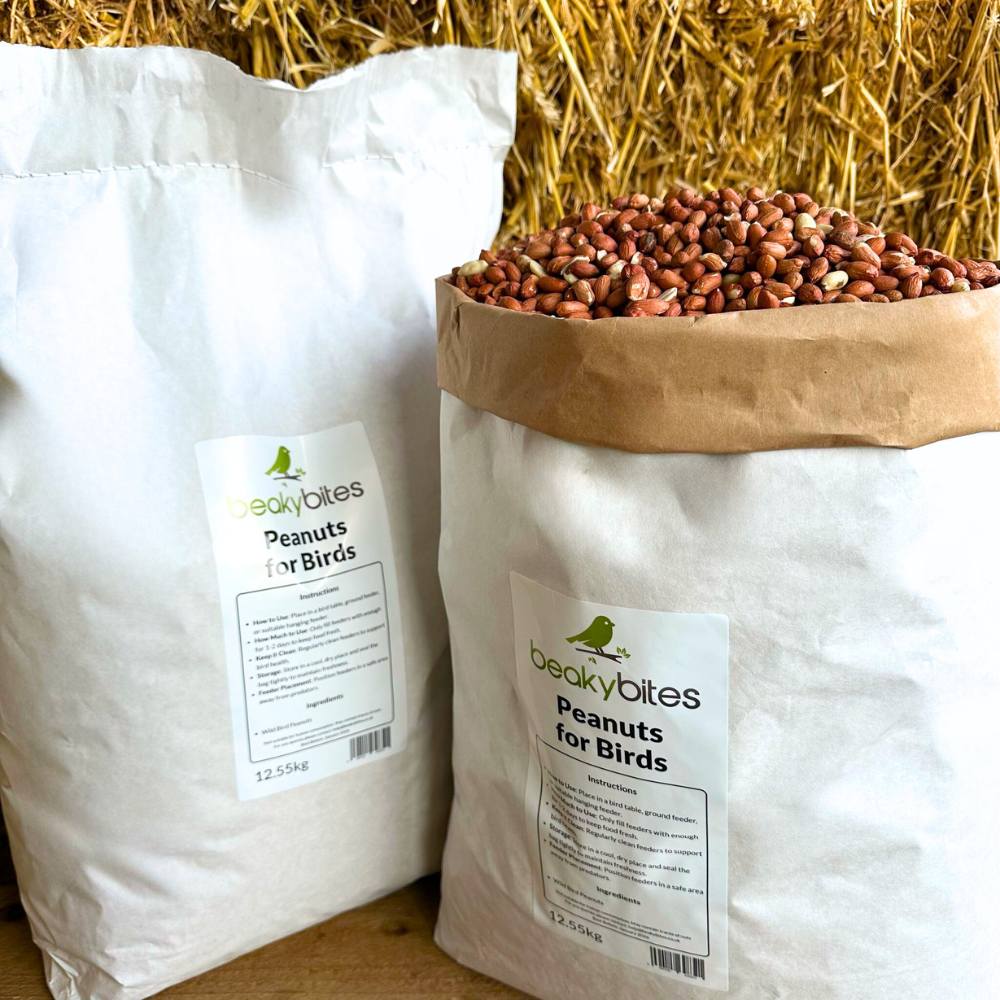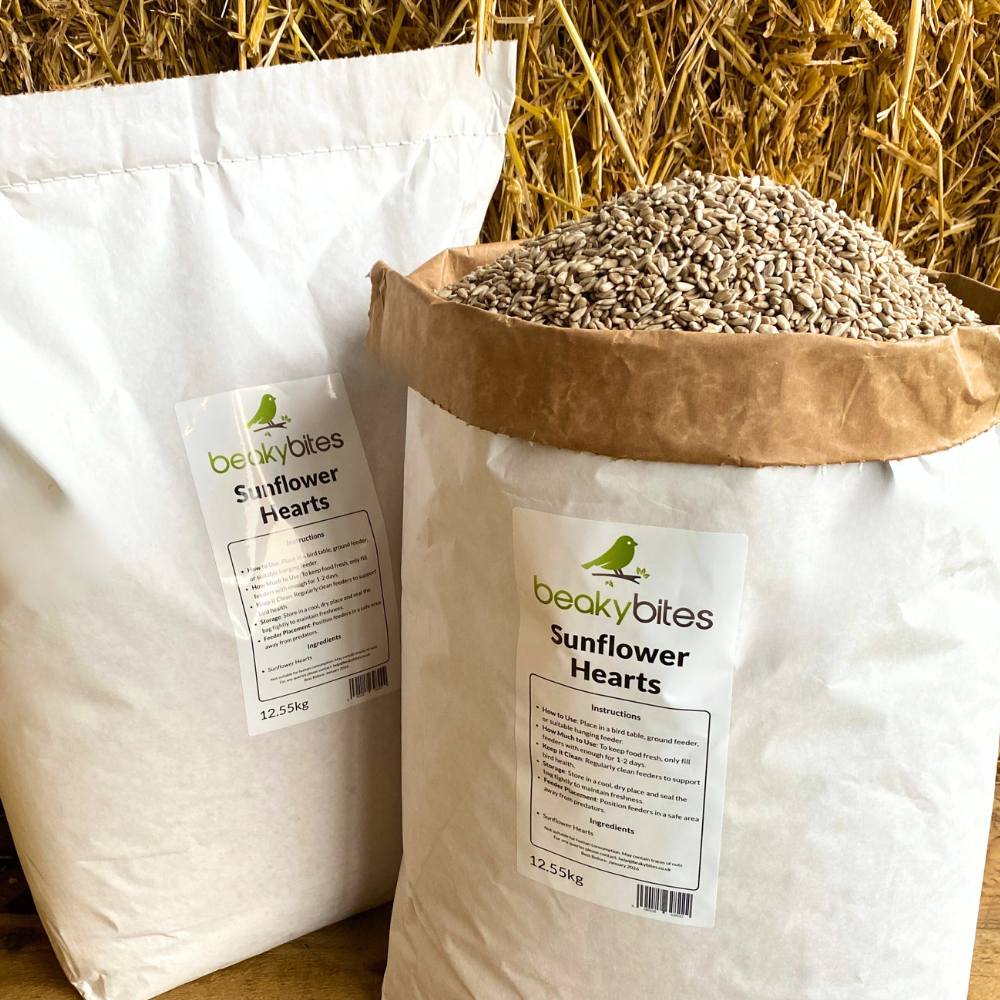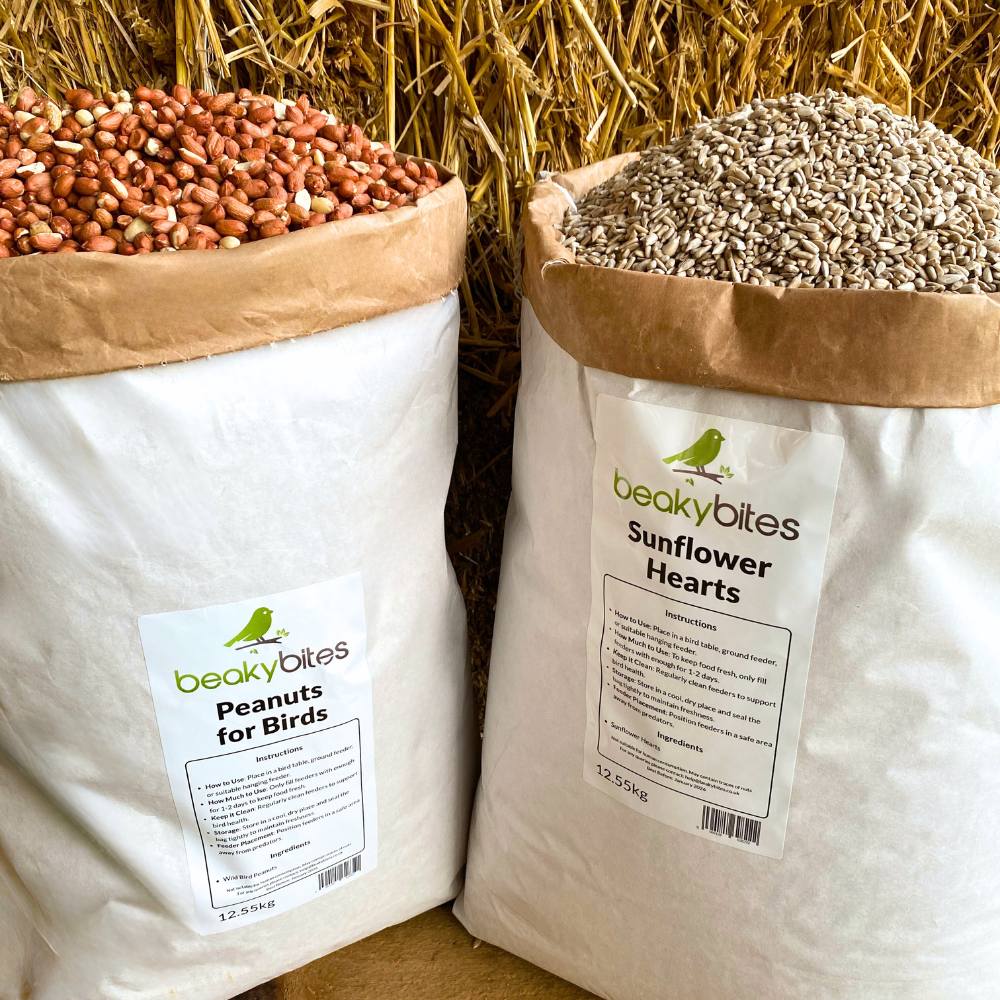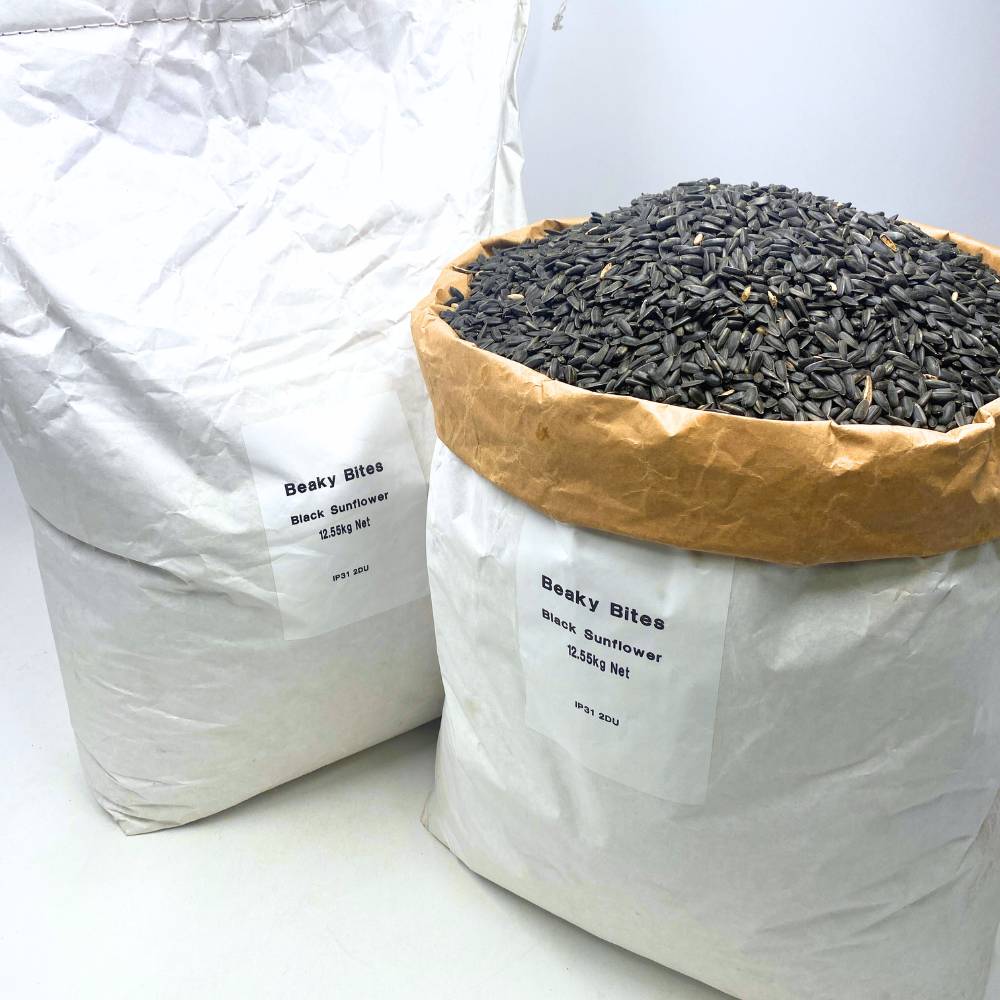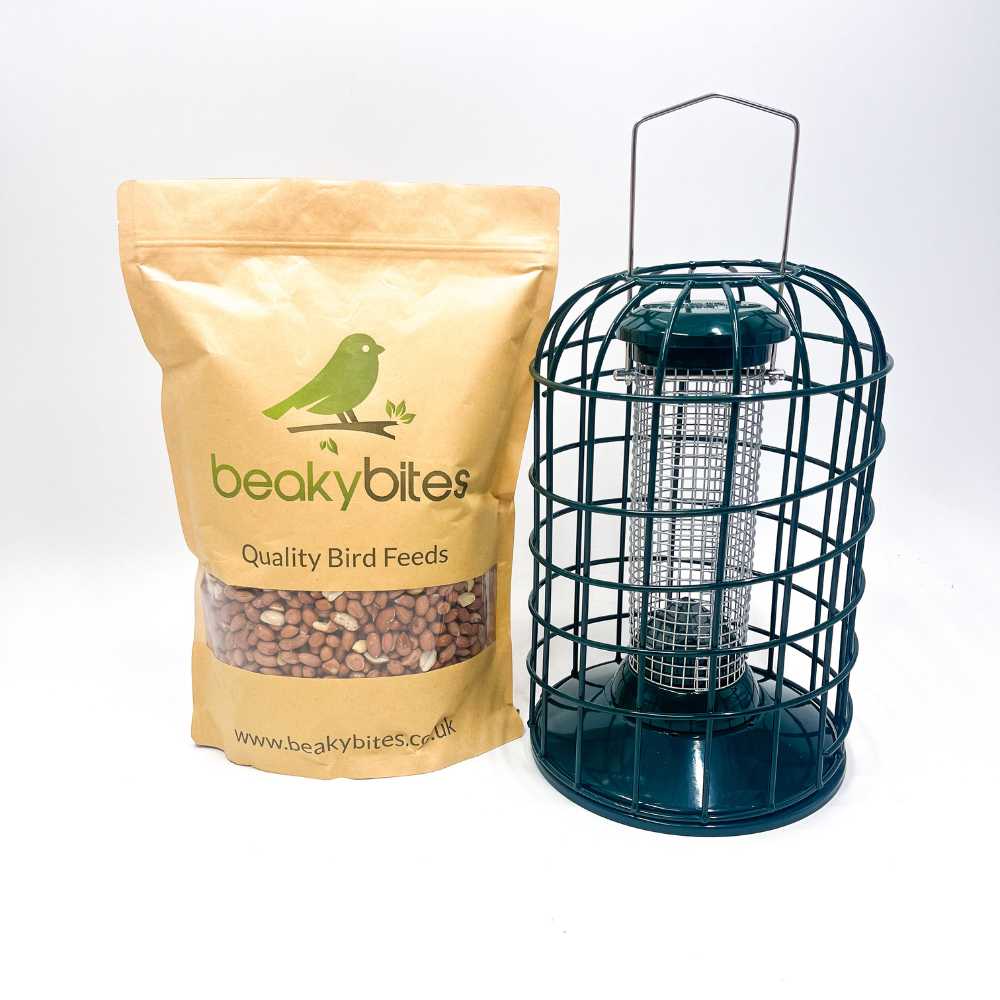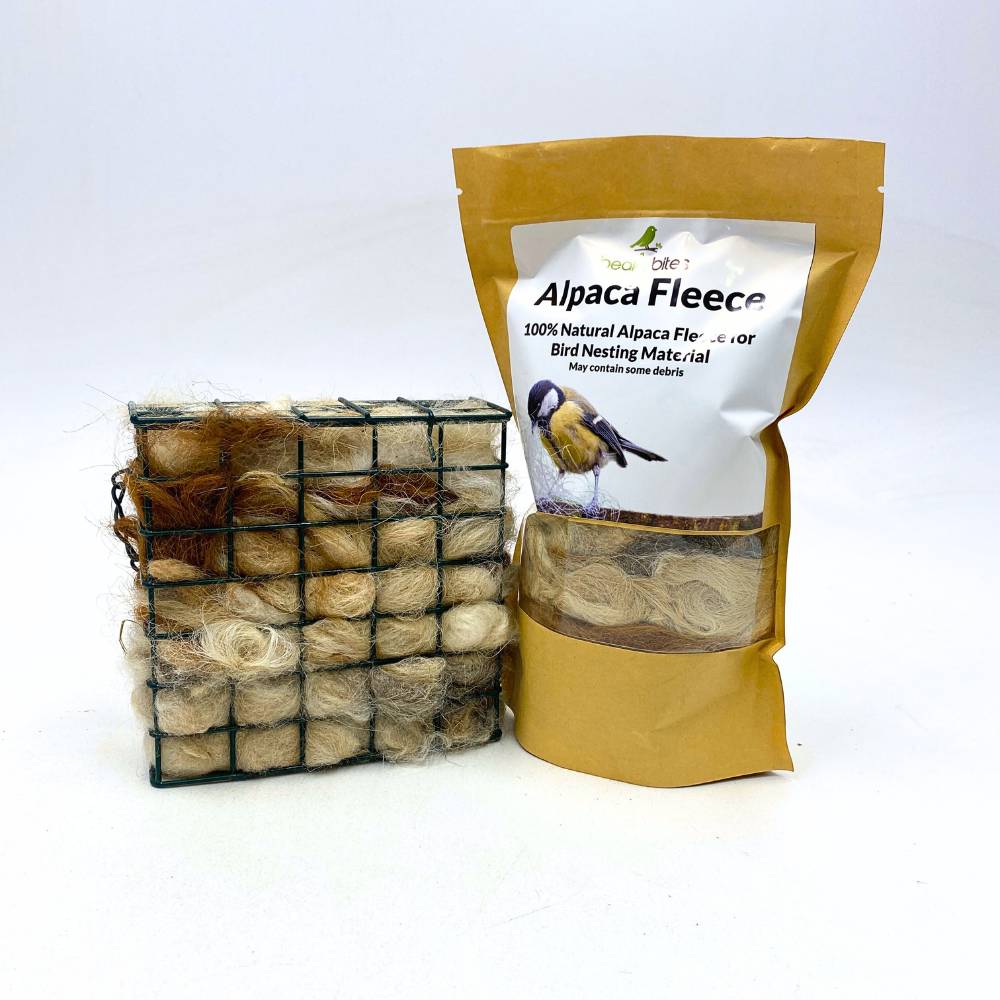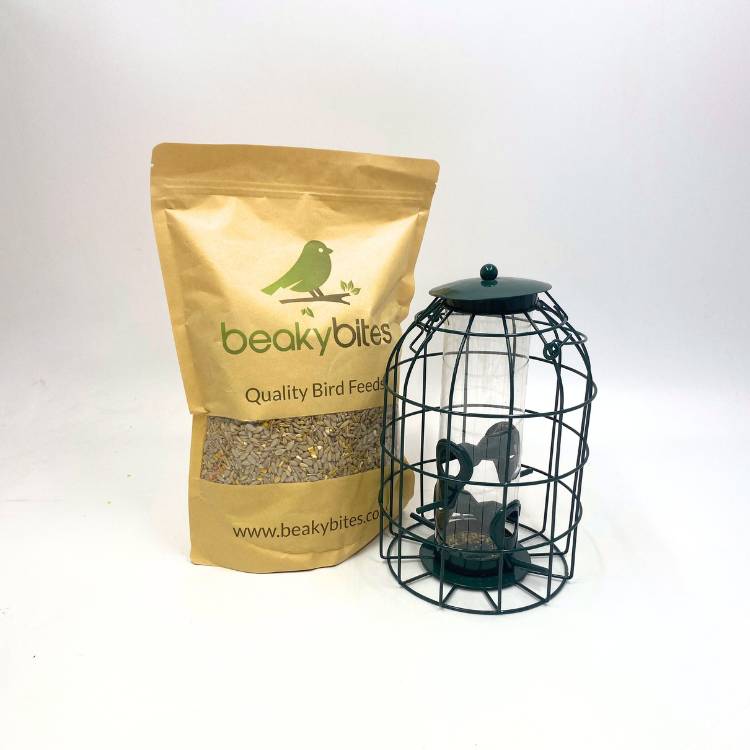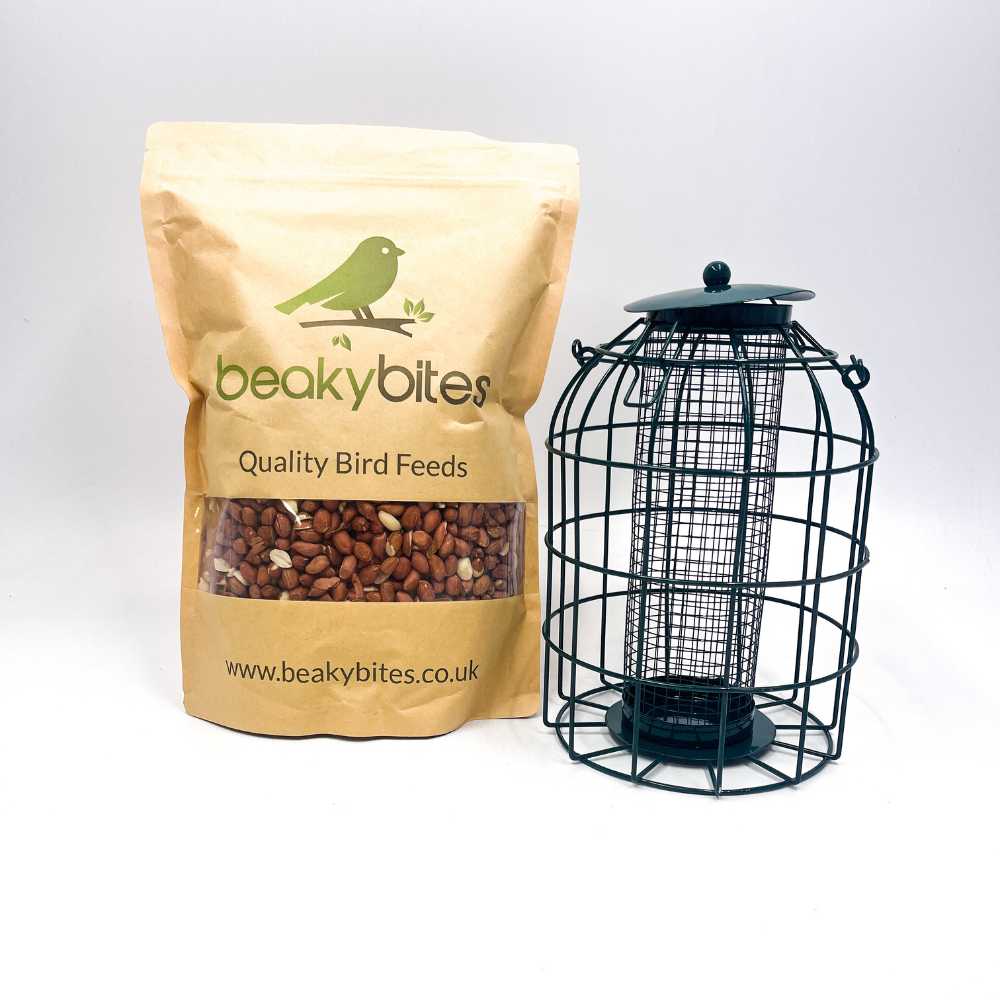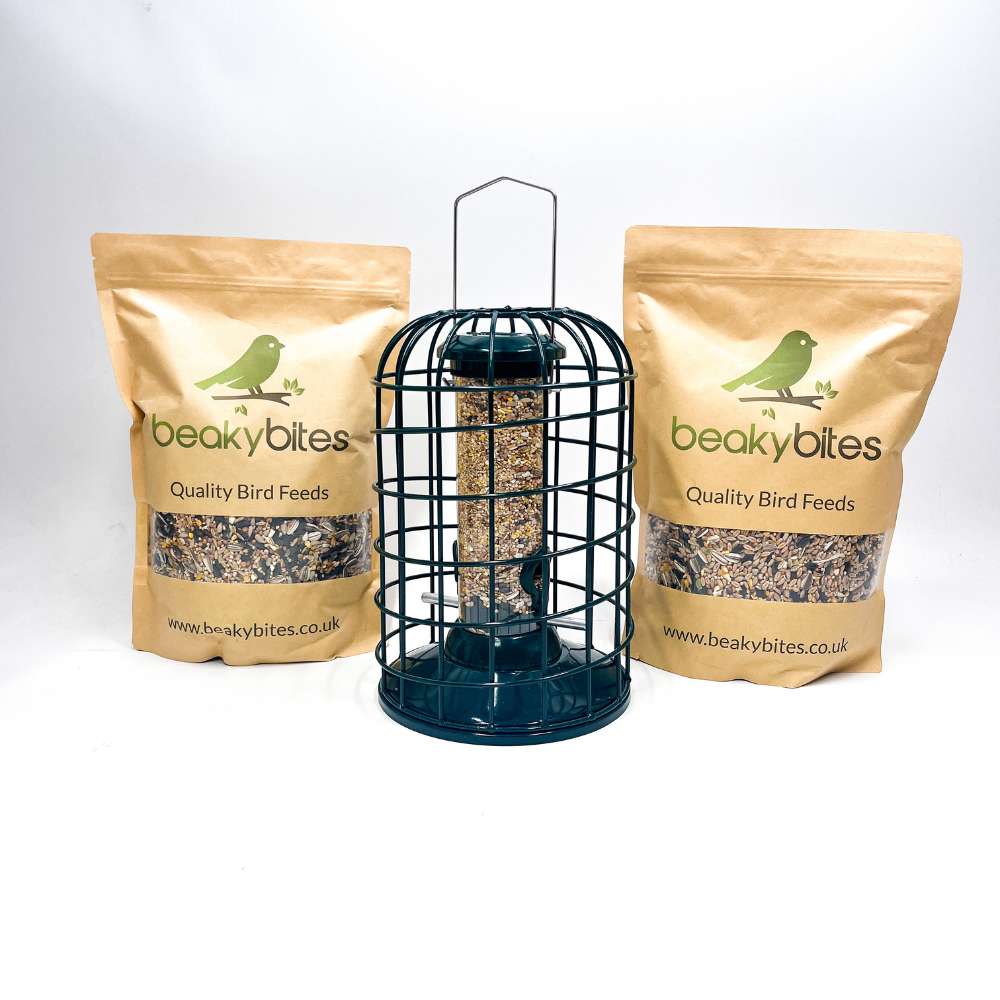Encouraging Birds to Nest: How to Help Birds Nest in Your Garden
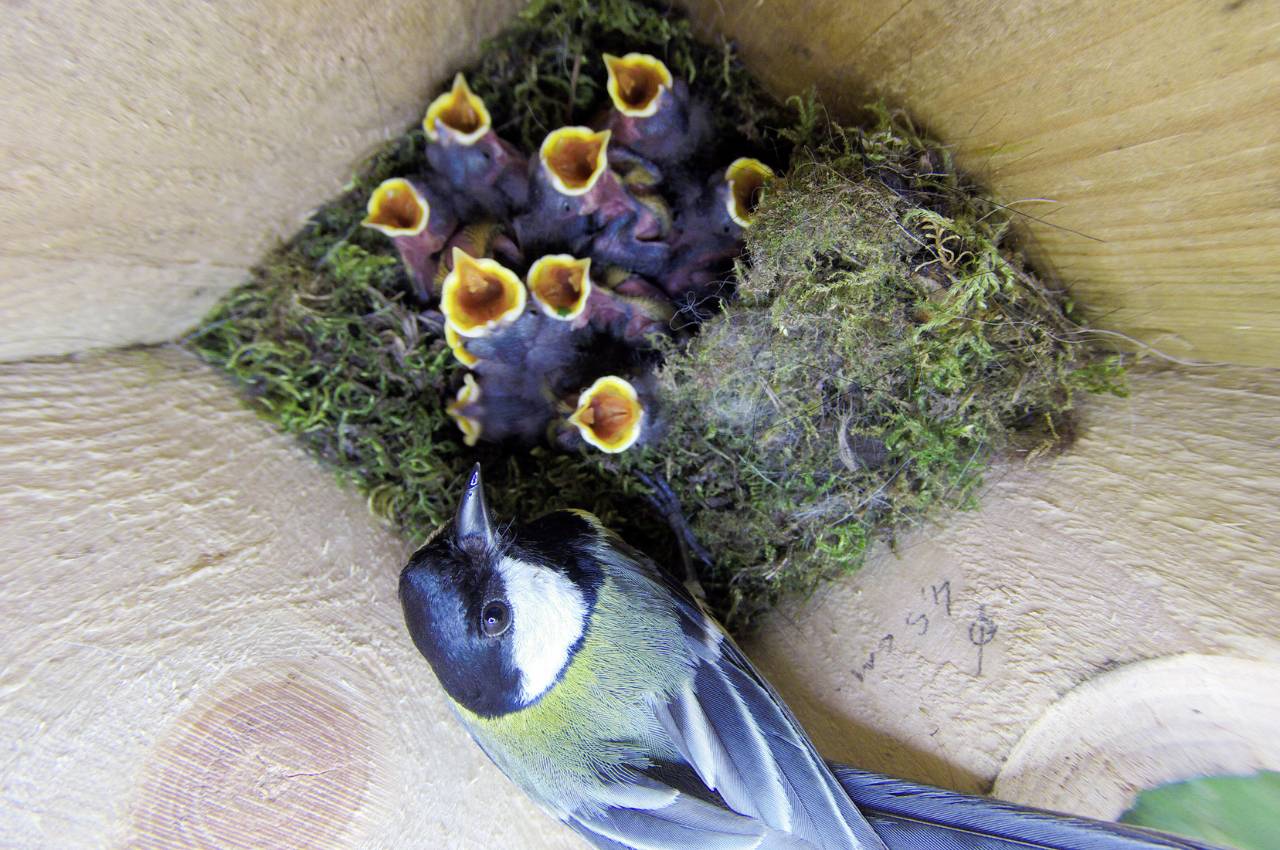
Birds Nesting in Your Garden
Want to encourage birds to nest in your garden? This guide explains why birds nest, where they nest and what you can do to help. Read on to find out simple steps to create a bird friendly garden and watch the nesting process.
Top Tips
Bird nests come in all shapes and sizes and are as varied as the species themselves, using natural and human made resources depending on what’s available.
To help nesting birds provide nesting sites and materials, don’t disturb them during breeding season and create a safe space for them to nest.
Cleaning bird nest boxes every year will help prevent parasite infestations and create a healthy environment for future nesting birds and benefit local bird populations.
What is a Bird Nest
Birds build nests for laying eggs and to shelter their young birds. Nests come in all shapes and sizes and each one is tailored to the needs of the bird species. From the delicate lichen covered structures of the long-tailed tit to the mud built homes of house martins, there’s such variety in bird nests.
The materials used are just as varied. A blue tit for example uses:
moss
wool
hair
feathers
to build its nest in tree hollows or boxes. In urban areas birds may use human made materials like plastics if natural resources are scarce. They are so adaptable, they will modify their nesting habits to what’s available and the environment.
Nesting season is from March to September but this can vary depending on the species and local weather. Some birds will start to find nesting locations throughout winter and become territorial of this area. Nests can be simple scrapes on the ground to complex engineered structures. Each nest is a testament to the ingenuity and resourcefulness of the bird that built it, how amazing are wild birds?
Where to Nest
Birds can nest in many places, on the ground, in trees, cliffs, burrows and even human made structures. The choice of nesting site is critical for the safety and success of the nesting birds. Birds will choose locations that offer protection from predators and harsh weather. For example they will choose nesting holes that are just big enough for them to get in, which keeps larger predators out.
To help nesting birds consider planting trees and shrubs in your garden to provide natural nesting sites and materials. Installing artificial nesting sites like swift bricks can be helpful especially in urban areas where natural nesting sites may be scarce. But it’s important to position these nesting boxes in a way that doesn’t compete with other bird species and is safe for the nesting birds.
Be mindful of the timing of your garden maintenance and don’t disturb nesting birds. Don’t trim trees and bushes during breeding season (spring and summer) and if you must, have a qualified person check for nests.
By being considerate and clever you can create a safe and bird friendly garden.
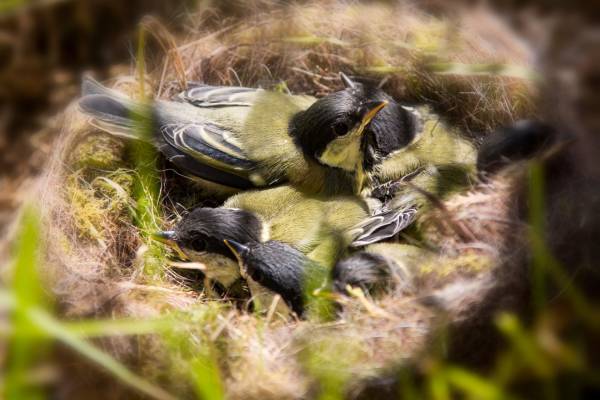
Nesting Process
The nesting process is a natural wonder. Birds use:
twigs
moss
grass
mud
feathers
Robins use grass, moss, leaves and feathers to build their nests, a snug and secure place for their eggs. Woodpigeons build platform nests using only sticks, unlike other birds.
Different bird species have different nesting habits. The long-tailed tit builds a circular nest covered in lichen and filled with over 2,000 feathers, perfect insulation for their young. House martins collect mud from ponds and streams and shape it into pellets which they use to build their nests. The variety in nest building shows how birds can use what’s available to their advantage.
Environmental factors can influence nesting habits. Birds will change their ways if the environment changes or if there are parasites around. This adaptability means they can provide the best possible conditions for their eggs and nestlings, how amazing are wild birds?
Egg Laying and Incubation
Once the nest is built the next stage is egg laying and incubation. In many species this involves both parents. For example in blackbirds the female incubates the eggs alone but both parents feed the young once they hatch. Wrens are also cooperative, both parents feed the chicks after hatching but the female chooses the nest.
Incubation is critical for the survival of the eggs, parent birds take turns or share the responsibility to keep the eggs at the right temperature. This care is essential for the development of the hatchlings. Different species have different incubation habits; for example house martins build the nest and take turns incubating the eggs, robins the female incubates and the male feeds.
Proximity to food is another key factor for successful incubation. Parent birds need to forage without straying too far from their young so they can feed them once the chicks hatch. During incubation parent birds eat insects and seeds which they regurgitate for their chicks to digest more easily.
This juggling of care and resources shows how dedicated parent birds are to their young.
Free Delivery Deals
Feeding Baby Birds
Feeding baby birds is a big job that requires constant effort from the parent birds. Altricial birds are born blind, featherless and helpless and depend entirely on their parents for food and shelter. Parent birds have to forage tirelessly to meet the nutritional needs of their nestlings and often risk being eaten by predators in the process.
You can help by providing food and water in your garden. A bird feeder and bird bath will ensure parent birds have access to what they need for their young. Provide food small enough for baby birds to swallow without choking and help them grow and develop during this critical period.
Feeding goes on for about 2-4 weeks depending on the species. During this time the parent birds’ hard work ensures their young birds gain the strength and skills to leave the nest. By creating a nurturing environment in your garden you can help baby birds thrive.
Fledglings Leaving the Nest
When fledglings leave the nest it’s a big milestone and a moment of high risk. Young birds are faced with many predators as they venture out into the world. Fledgling survival rates are very low in the first few days after leaving the nest mainly due to predation.
Despite these risks fledglings stay close to their parents and rely on them for food and shelter. This period of continued dependency allows young birds and other young birds to build up strength and learn survival skills. The parent’s alarm calls are crucial during this time to help the fledglings respond to threats in their new environment.
Knowing this stage can help you create a safer environment for fledgling birds in your garden. Minimise the hazards and keep your garden a haven for young birds and you’ll increase their chances of survival during this vulnerable period of their life.
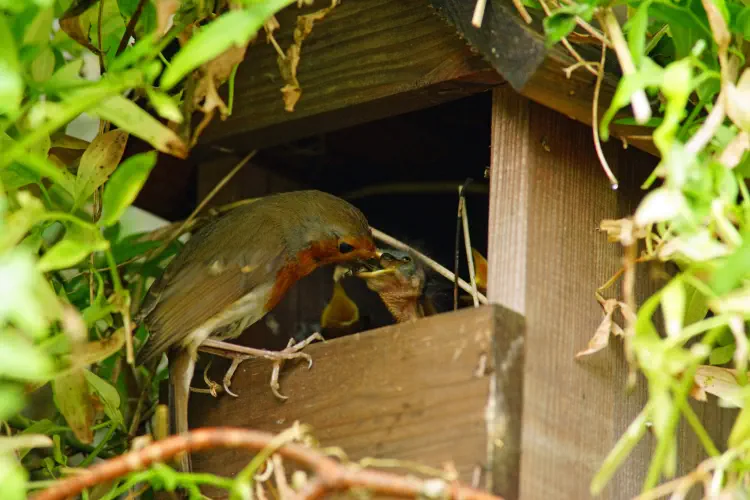
Helping Nesting Birds
Urbanisation has seen many natural nesting sites lost for many bird species. But there are ways you can help nesting birds in your garden. Providing nesting sites such as bird boxes and natural shelters will help urban bird populations recover.
Before:
Protecting nesting birds is also simple actions like keeping pets indoors especially during breeding season. Pets especially cats can be a big threat to young birds and nestlings. By keeping them indoors you can reduce the risk of predation and disturbance. Also providing nesting materials like twigs, leaves and feathers will encourage birds to nest in your garden.
After:
Protecting nesting birds is:
Keeping pets indoors especially during breeding season
Reducing predation and disturbance by keeping pets especially cats indoors
Providing nesting materials like twigs, leaves and feathers to encourage birds to nest in your garden
If you find a young bird in need of help contact a professional vet for proper assistance. Intervening without the right knowledge can sometimes do more harm than good. By doing these you can create a safer and more nurturing environment for nesting birds and their young.
Cleaning Bird Nest Boxes
Cleaning out bird nest boxes at the end of the breeding season will help create a healthy environment for new birds. This should be done between late September and February. Regular cleaning will remove parasites like ticks and fleas that are bad for bird populations.
The cleaning process involves scalding the nest box with boiling water to get rid of any remaining parasites. Don’t use insecticides or flea powders; boiling water is enough and safer for the birds. By cleaning your nest boxes you’ll ensure future nesting birds have a clean and safe place to raise their young.
Having clean and well maintained nesting boxes can make a big difference to bird health and populations in your garden. This simple habit will benefit both existing and future generations of birds.
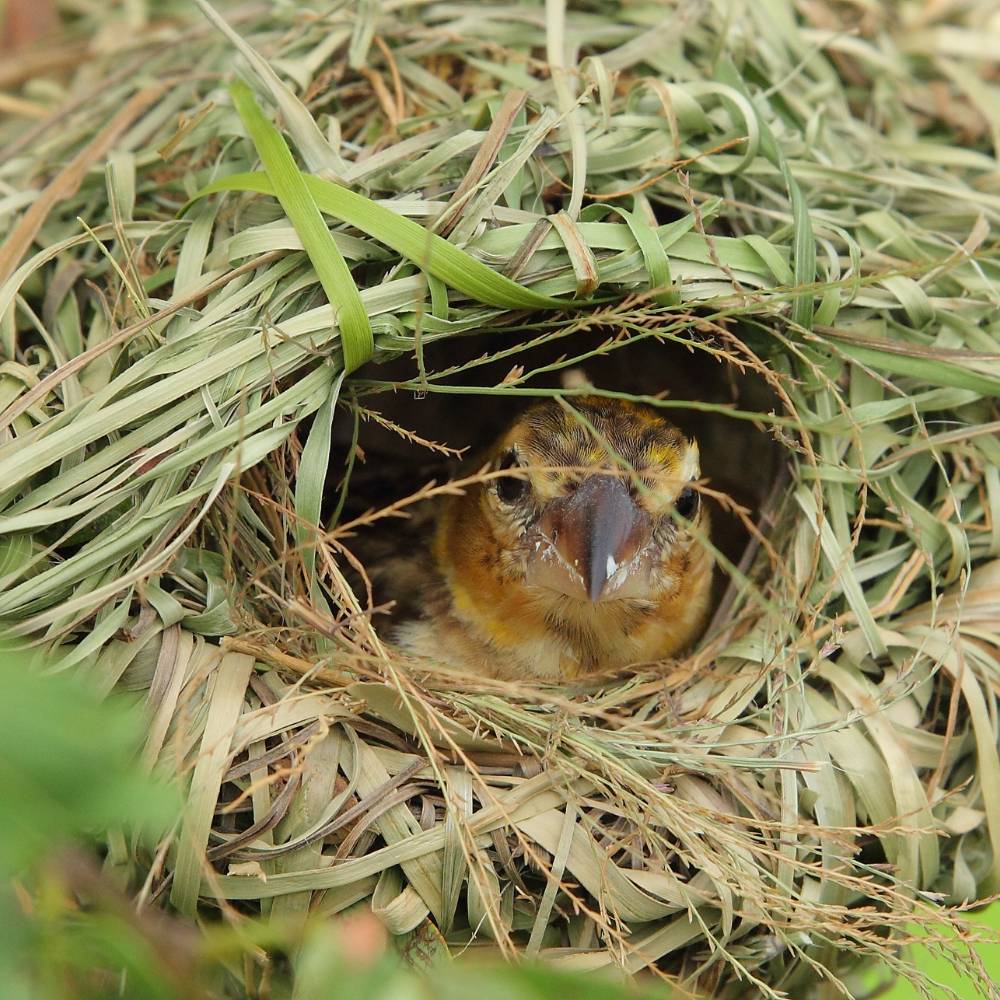
Conclusion
Creating a bird garden is about understanding the needs and behaviour of nesting birds. By providing nesting sites, feeding baby birds and cleaning nest boxes you can help these wonderful creatures survive.
You’ll not only be helping bird conservation but also get to see the beauty and wonder of bird life up close. Try these and your garden will be buzzing with wild birds and you’ll be filled with joy and connected to nature.
Frequently Asked Questions
When do I clean out bird nest boxes?
- Answer: Late September to February after breeding season. So the boxes are ready for new occupants in spring.
What materials can I provide for birds to nest?
- Answer: To help birds nest you can provide natural materials like twigs, leaves, feathers and moss. Never provide plastics or synthetic materials.
How do I protect fledglings in my garden?
- Answer: To protect fledglings in your garden minimize hazards and keep pets indoors during breeding season. Also make sure your garden has enough food and shelter for them to grow.
What do I do if I find a baby bird out of its nest?
- Answer: If you find a baby bird out of its nest contact a professional vet for advice, intervening without knowledge can harm the bird.
How do I get more nesting birds in my garden?
- Answer: Plant native trees and shrubs, install bird boxes, provide food and water sources and nesting materials. This will make your garden a bird friendly home.
